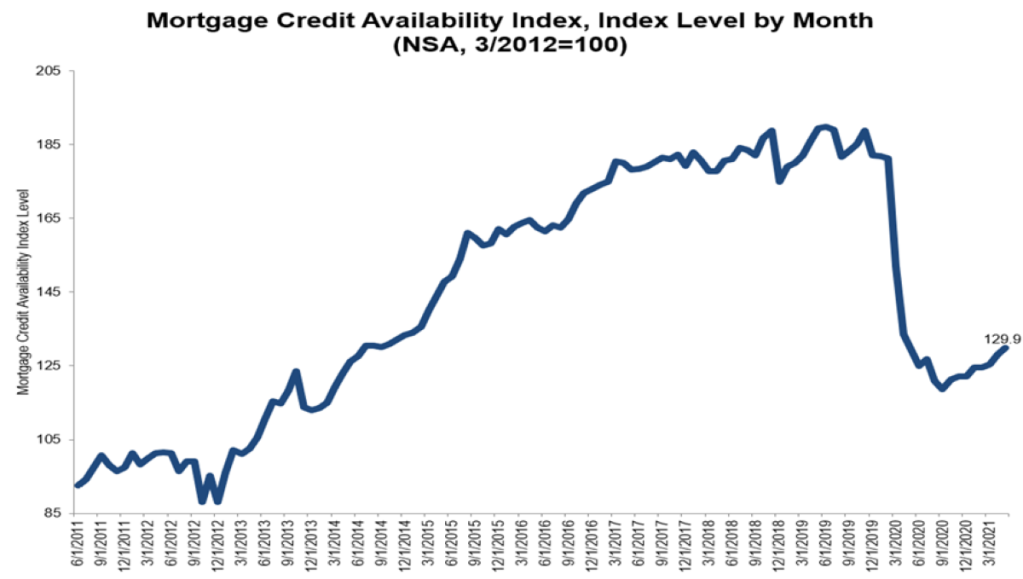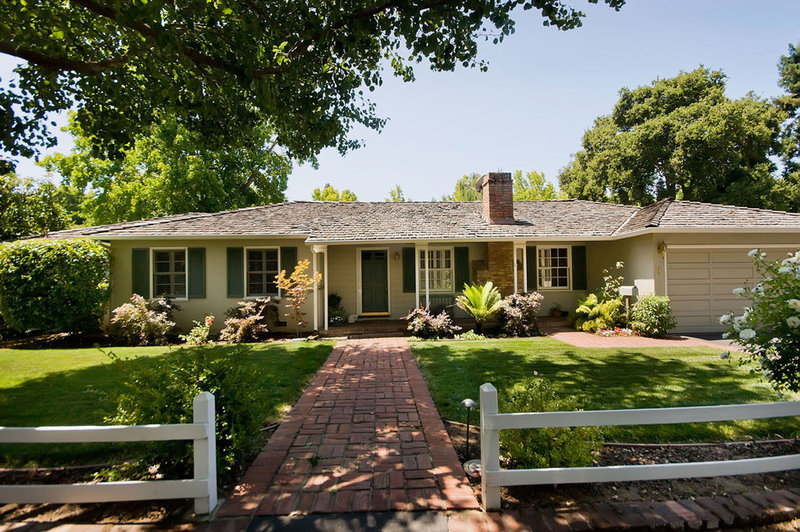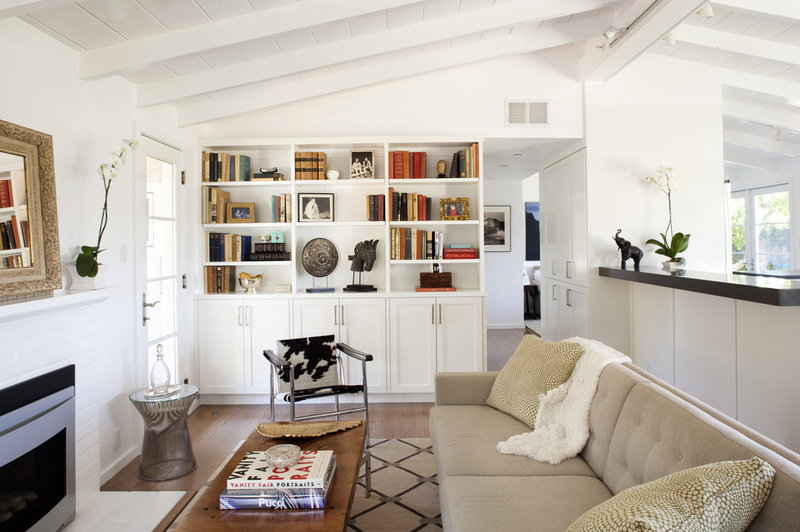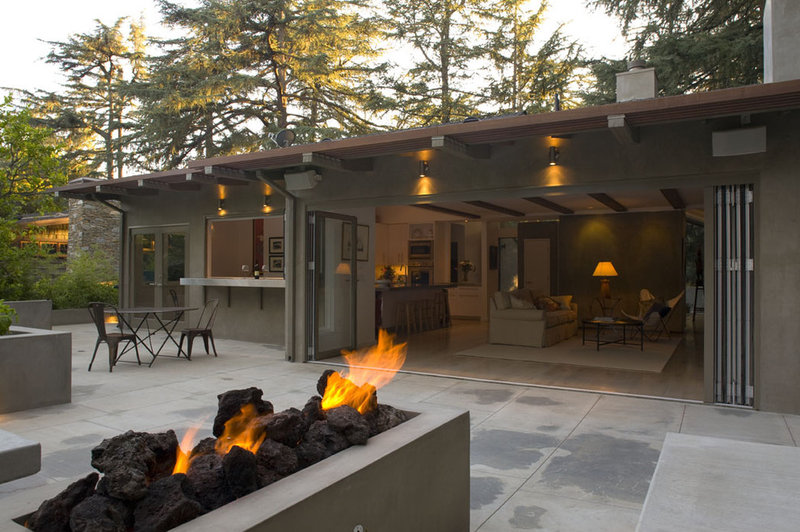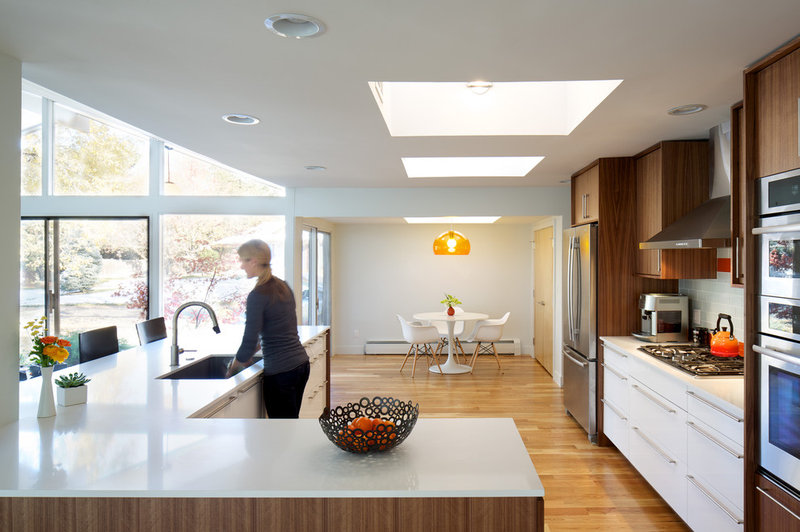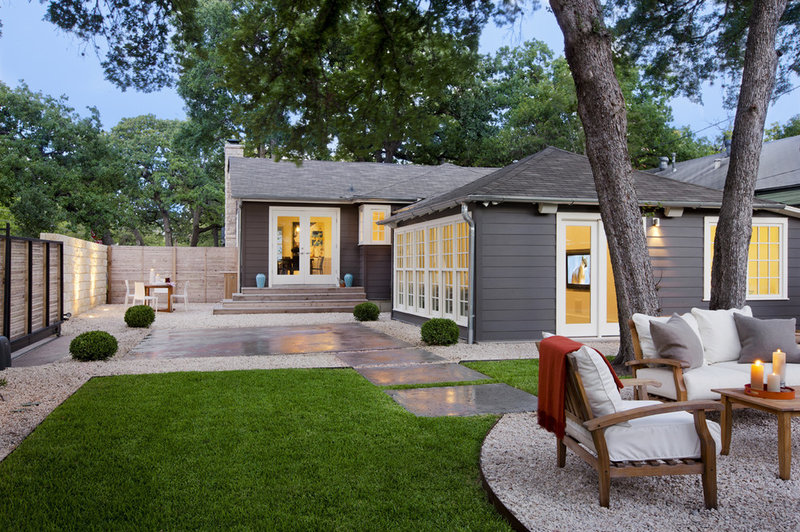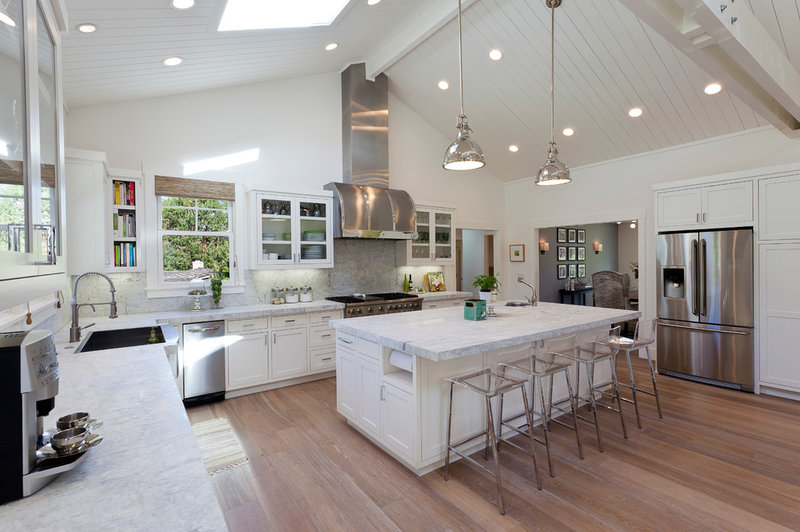The prices of goods used in residential construction ex-energy climbed 1.8% in November (not seasonally adjusted), according to the latest Producer Price Index (PPI) report released by the Bureau of Labor Statistics. The monthly increase was driven by price increases in nearly every product category.
Building materials prices have increased 14.1% year-to-date, more than tripling the November YTD increase of the prior year (+3.9%) and well above the average YTD increase of 1.5% between 2015 and 2020. The index has climbed 2.5% over the past two months following a 1.5% decline between July and September.

The price index of services inputs to residential construction decreased 0.8% in November, continuing a four-month trend during which the index has declined 10.1%.
Wholesale and retail trade services decreased 1.3% in November which more than offset price increases in transportation and warehousing (+1.0%) and services less trade, transportation, and warehousing (+0.3%). Nonetheless, the price index of services used in residential construction (excluding labor) is 13.5% higher than it was 12 months prior and 22.3% higher and 22.3% than the January 2020 reading.

The PPI for all inputs to residential construction–which is a weighted average of goods and services, increased 0.3% in November–has climbed 17.3% over the past 12 months, and is 22.7% higher than its pre-pandemic level.
Product Detail: Goods
Softwood Lumber
The PPI for softwood lumber (seasonally adjusted) increased 6.9% in November and has gained 16.1% since September. Once again, as was stated in last month’s PPI post, the recent trend of mill prices—which have more than doubled since late August and are up 37% over the past four weeks—suggests that the softwood lumber PPI is headed for another sizable gain in December.

The PPI of most durable goods for a given month is largely based on prices paid for goods shipped, not ordered, in the survey month. This can result in lags relative to cash market prices during periods of long lead times.
Steel Products
Steel mill products prices rose 2.4% in November, the smallest monthly increase since May 2021. The last monthly price decrease in steel mill products occurred in August 2020, and the index has climbed 151.4% in the months since–with more than 80% of that increase taking place in 2021.

Since the inception of the steel mill products PPI, it has doubled over four non-overlapping periods which have averaged 181 months in duration. In other words, over the last 60 years it has taken roughly 15 years for the price of steel mill products to double, on average. Given that context, the recent pace of price increases has been incredible—it took only 11 months for steel prices to double between August 2020 and July 2021.
Ready-Mix Concrete
The PPI for ready-mix concrete (RMC) gained 0.9% in November after increasing 0.1% in October. The index for RMC has risen 8.3% since January 2020 and 6.6% YTD—the largest year-to-date increase in November since 2005.

At the regional level, prices increased in the Northeast (+2.5%%) and Midwest (+4.7%) while prices fell in the South (-0.9%) and West (-1.1%) regions.

Gypsum Products
In November, the PPI for gypsum products declined (-0.2%) for only the second time in 2021. Gypsum products prices have climbed 19.8% over the past 12 months and are up 18.8% in 2021—more than quadruple the largest percentage YTD increase in November since seasonally adjusted data became available in 2012.

Paint
The PPIs for exterior and interior architectural coatings (i.e., paint) increased 1.5% and 0.2%, respectively, in November. Neither index has declined since January 2021.
The YTD price increases of architectural coatings is unprecedented with exterior and interior paint prices climbing 16.7% and 10.9%, respectively, thus far in 2021. In contrast, November YTD price increases averaged just 2.1% for exterior paint and 1.4% for interior paint from 2013 through 2020 (the most recent data available).
Paint prices began a series of large monthly increases in the wake of the winter storm that devastated Texas earlier this year as the petrochemical industry—upon which paint manufacturing is heavily reliant—is highly concentrated in the state.
Other Building Materials
The chart below shows the 12-month and year-to-date price changes of other price indices relevant to the residential construction industry.

With the recent passage of the Infrastructure Investment and Jobs Act (a.k.a. the Bipartisan Infrastructure Bill), the construction materials index is particularly salient. This index, which has increased 29.1% year-to-date and 40.9% since January 2020, is more heavily weighted with products used in large amounts in the production of “traditional” infrastructure (e.g., roads, bridges, rail).
Product Detail: Services
Building Materials Wholesaling and Retailing
The Producer Price Index for building materials wholesaling decreased 1.4% in November and the building materials retailing PPI declined 1.6%. The wholesale and retail services indices measure changes in the nominal gross margins for goods sold by retailers and wholesalers. Gross profit margins of retailers, in dollar terms, have declined 22.1% since reaching an all-time high in June 2021 but remain 33.4% higher than the January 2020 level.

Building materials wholesale and retail indexes which together account for roughly two-thirds of the PPI for “inputs to residential construction, services.”
Professional Services
Professional services is the third most heavily weighted category in the service inputs to residential construction PPI. The prices of legal, architectural, and engineering services rose 0.3%, 0.3%, and 0.2%, respectively, in November. Although the year-to-date increase in prices of professional services used in residential construction are quite modest compared to that of materials, prices have increased more in 2021 than they had by November 2020; the difference is especially striking for engineering and architectural services.

Although the difference in YTD price changes for legal services is small, the percentage increases are relatively large. This follows with a trend in recent years. Since November 2018, the price of legal services has risen 13.2%–much higher than the three-year increase in architectural (+1.7%) and engineering services (+5.9%).
Metal Treatment Services
Prices of metal treatment services increased 0.7%, on average, in November. The subset of these services used to calculate the services inputs to residential construction includes plating and polishing, coating and allied services, and heat treating. Metal coating and allied services have increased the most— +14.1% (NSA)—since the start of 2021. Metal heat treating and plating and polishing services have increased 5.4% and 2.0%, respectively, year-to-date. The average price increase of the three services averaged 0.1% over the course of 2020.
read more…
eyeonhousing.org

